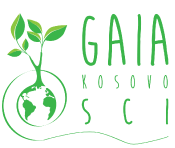Building a Reedbed Filtration System
In Rajanovce/Rajnoc, raw sewage has been flowing directly from a pipe into a nearby stream, polluting the water, harming the environment, and endangering community health. Water is a precious resource in Kosovo threatened by various factors including lack of wastewater treatment. Clean water means healthier people, a safer environment, and a better future. That’s why,…
Details



